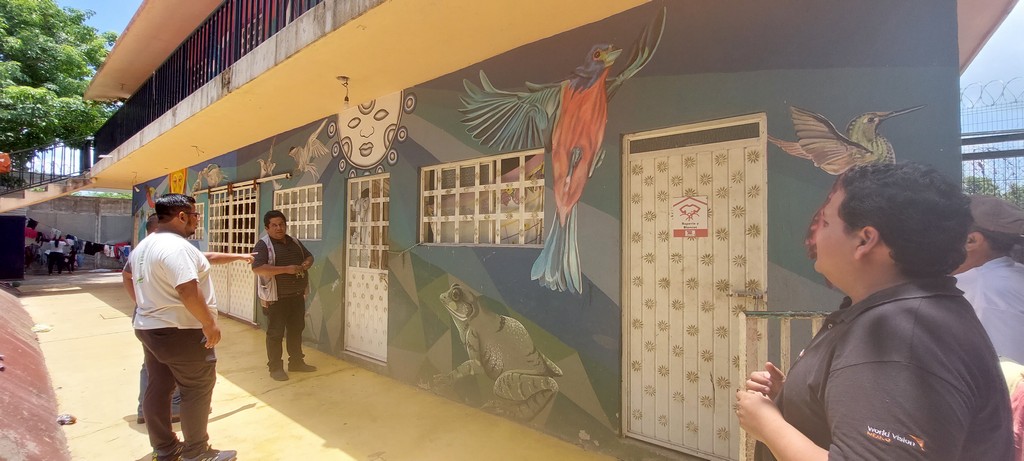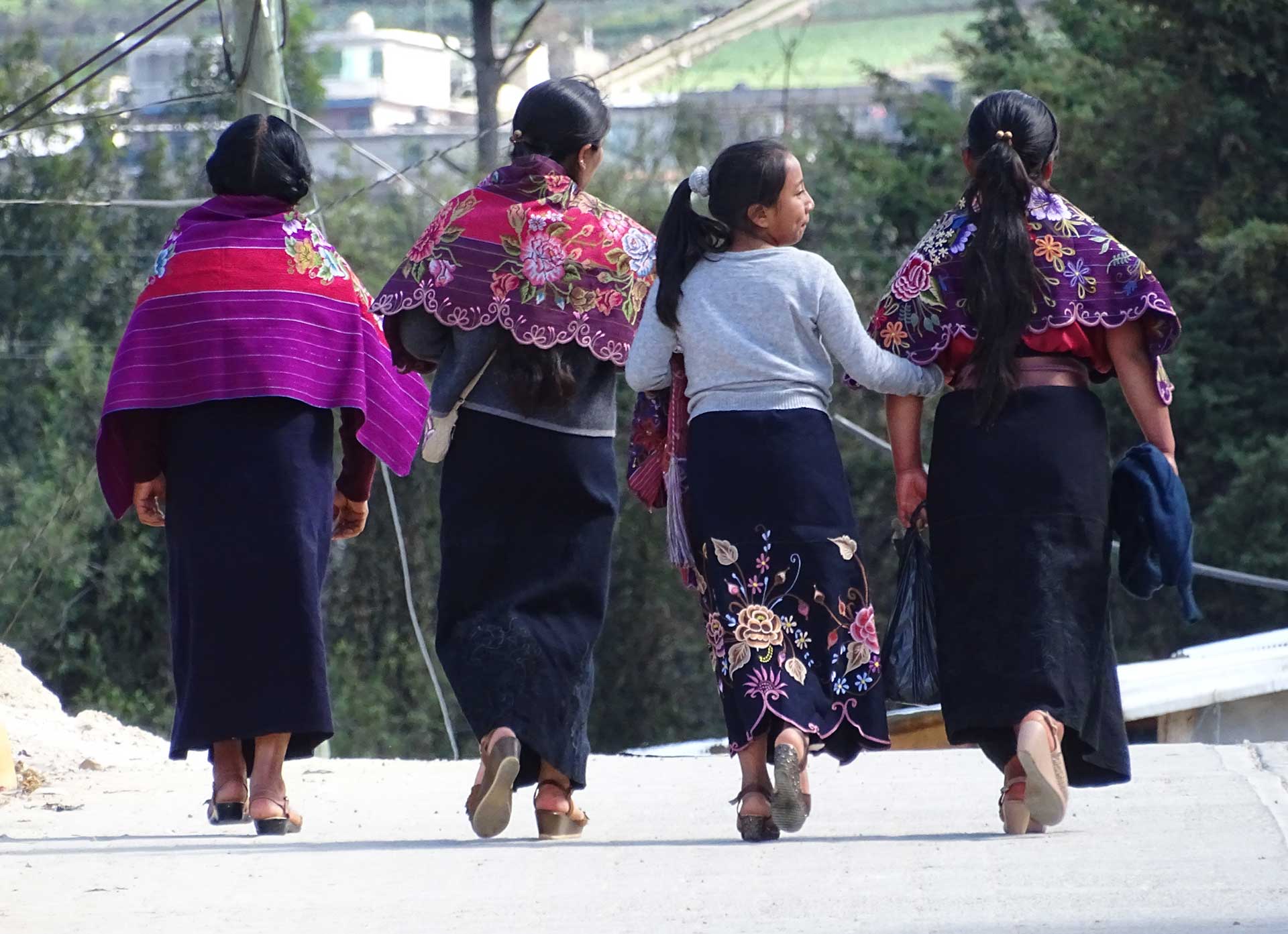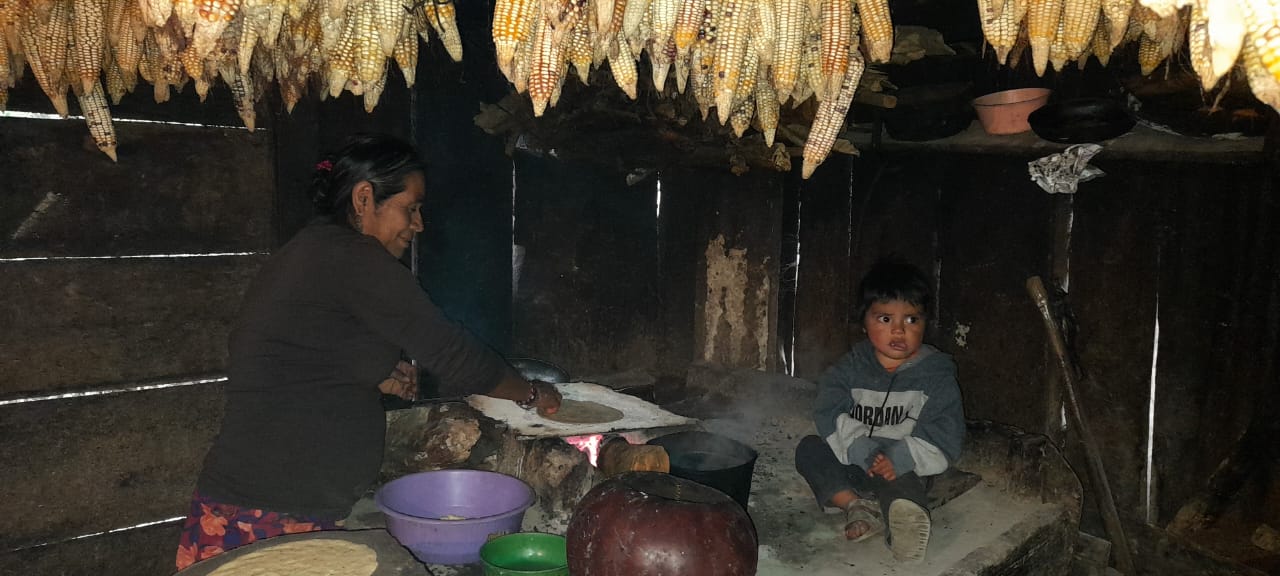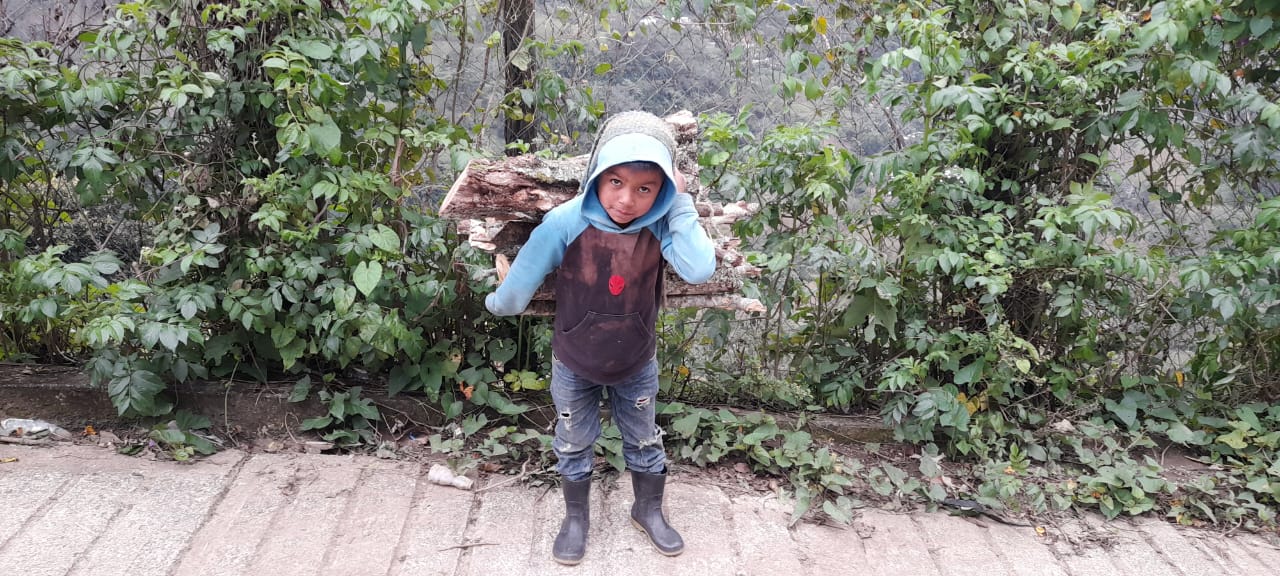Municipality of Ocotepec, in the State of Chiapas, Mexico
In collaboration with

September 2023 – September 2024
We provide access to water, knowledge about natural resources and hygiene to five indigenous communities in one of the poorest areas of Mexico.
Objectives
- Access to essential drinking water services and promote sustainable development in five communities of the municipality.
Beneficiaries
6,000 direct
3,120 women and 1,340 children under 15.
300 indirect
160 women and 50 children under 15.

On the ground
Lack of adequate water supply in an impoverished area affected by environmental degradation and climate change.
Chiapas is one of the states of Mexico with the most deficient water supply and sanitation facilities. Paradoxically, it benefits from a climate with abundant rainfall and the geography with the most water resources in the country: at least five lagoons and 47 rivers, among them the Grijalva, the second largest in the country, which originates in Guatemala and flows into the Caribbean, being an important producer of hydroelectricity.
Chiapas supplies water to 30% of Mexico, but the paradox is that there is the highest concentration of women and girls who must walk to bring water to their homes. The trips often reach four or five kilometres with loads of 20 litres.
Another problem is pollution due to the lack of adequate sanitation systems. Cholera was endemic in many areas of Chiapas during the 1990s, and despite having been controlled, infectious gastrointestinal diseases that affect the lives of thousands of girls and boys have not decreased. The consequent malnutrition, which affects their physical and cognitive development, continues to damage the health and future of the youngest.
Despite its rainy climate, climate change is significantly affecting the water cycle, and its effects on the periodicity of rains are harming the collection of rainwater by indigenous communities, one of the resources they use to make up for the lack of supply. Climate change is also multiplying the environmental damage caused by deforestation for the production of coffee, corn and intensive livestock farming. Chiapas has lost 55% of its native forests and is experiencing soil degradation.
According to the State Committee for Statistical and Geographic Information of Chiapas report, 2022, the state had the highest poverty rate since it represented two-thirds % of its total population, 67.4% (about 3.8 million people).
Located in the centre of the state of Chiapas, the communities of San Pablo Huacano, San Antonio Buena Vista, Paraíso Huacano, Francisco I. Madero and Nazaret do not have enough drinking water for their basic needs. The current system is not designed for the demand of the five communities, with a total of 560 families, and does not work well.
Its 99% indigenous population has no continuity in supply: they only receive water 15 days a month, about 30-45 minutes per day. The lack of adequate containers to store water with guarantees of health and the poor maintenance of the conduction and distribution network are the leading causes.
The late entry of the rainy season due to climate change increases the population’s vulnerability and generates water stress throughout the basin.
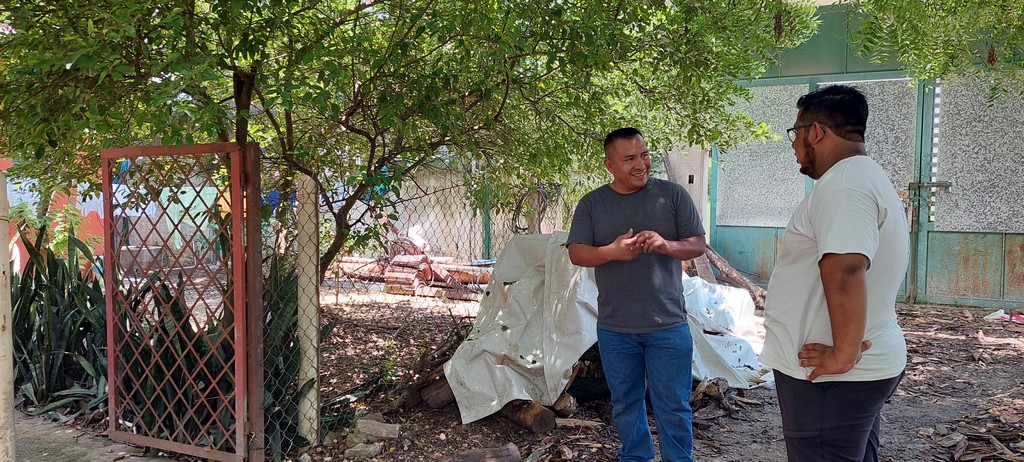
In detail
Expanding the water supply system allows the community to improve its quality of life, and its members can dedicate themselves to other activities. In addition, we work with them on the sustainability of the system and the protection and proper use of natural resources.
The project focuses on providing a safe supply of water to reduce the population’s vulnerability and the risk of contracting diseases related to the quality and quantity of water.
The project focuses on providing an additional safe supply of water to reduce the population’s vulnerability and the risk of contracting diseases related to the quality and quantity of water.
The direct beneficiaries are the communities of San Pablo Huacano, San Antonio Buena Vista, Paraíso Huacano, Francisco I. Madero and Nazaret. Indirectly, the floating population of these communities that will use the installed system will benefit.
The project is structured in the following blocks:
- Carrying out the collection work in the complementary water source.
- The installation of the conduction pipes to the primary storage tank.
- The rehabilitation of the conduction pipe from the main tank to the population centre.
- The development of training sessions for the community’s use and maintenance of the system.
The basis of the project is to build a second catchment for the San Pablo Huacano aqueduct system, where a little more than 1,000 families live. With the second source of water supply, communities are expected to increase the availability and frequency of drinking water services.
We also develop awareness sessions on hygiene practices and training in the operation and maintenance of the system, including collecting fair rates.
The project has been designed to meet the needs identified by World Vision, the communities and their leaders. The planned activities have been coordinated with all parties involved, and the population has participated in the identification and formulation phases. Their participation continues in the implementation, monitoring and evaluation stages to guarantee the quality of the intervention, its appropriation and sustainability.
The project is developed under an implementation framework that consists of the following stages:
- Stage 1: Conduct a technical tour to determine appropriate technologies.
- Stage 2: Acquisition of materials and equipment.
- Stage 3: Technical training for the use of the installed technology.
- Stage 4: Follow-up and monitoring.
- Stage 5: Accountability.
World Vision Mexico is the executing partner through its local staff. It has extensive experience in this type of intervention and a permanent presence in the project implementation area, which guarantees continuous support.
Prospects for sustainability
The project incorporates the entire technical and administrative training component into the process to guarantee the system’s use, operation and maintenance. This makes it easier for the five communities to have the knowledge and skills necessary to manage the system, including training and awareness activities for collecting fair rates.
Furthermore, the system, being gravity-fed, requires low maintenance as well as operating costs.
The project commits the communities. As part of the system’s appropriation, these provide the river material necessary for the works and their labour when required. During the construction phase, training and awareness sessions are also carried out so that at the end of the project, the communities have all the tools and mechanisms for adequately managing the system.


